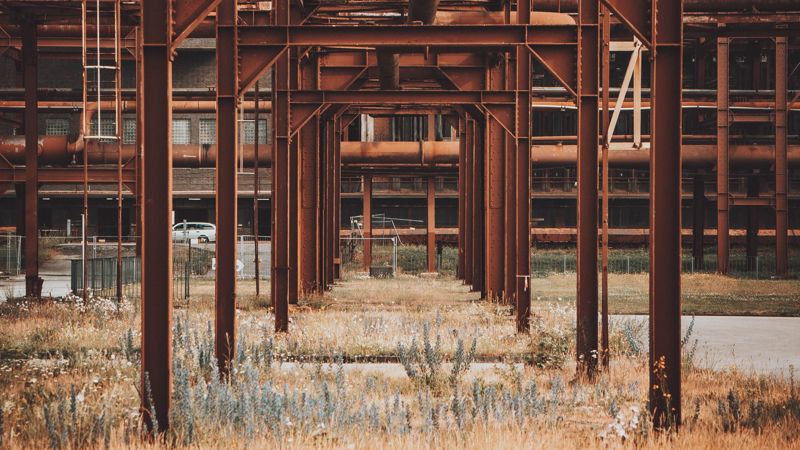
Swift regulatory responsiveness is crucial to address stakeholder concerns when discussing the transformation of gas infrastructure.
The ability to guarantee certainty in planning—specifically "stranded investments" and the availability of green energy—is of paramount importance for end-users, network operators, and investors alike. It is imperative that a nimble regulatory framework promptly tackles these apprehensions.
Austria's commitment to achieving ambitious climate goals by 2040, as outlined in the 2020-2024 governmental program, necessitates a reduction in the use of fossil fuels.
Frontier Economics and TU Wien have been commissioned by the Austrian Ministry for Climate Action to investigate gas infrastructure's significance in helping achieve a climate-neutral Austria by 2040.
Through comprehensive analysis, our study explores viable pathways for sustainable renewable gas utilisation in heating, electricity, and industry sectors.
The key findings from our study are:
- The current methane network (transmission and network levels 1 and 2) remains dimensionally stable until 2030 across all scenarios.
- A methane network reduction (transmission and network levels 1 and 2) will occur by 2035, which involves repurposing existing lines for hydrogen transport and utilising available parallel conduits.
- The 2040 methane network (transmission and network levels 1 and 2) exhibits distinct variations among scenarios, marked by significant line decommissions.
- Network levels 1 and 2 evolve into spatially determined grids due to the growing distribution of biomethane injection alongside consumption.
- Initial hydrogen demand concentration in major centres by 2030 will lead to a spatially focused hydrogen network.
- The rise in hydrogen consumption across sectors post-2030 results in a larger regionally dimensioned hydrogen network by 2035.
- Temporal overlap between methane decline and hydrogen escalation could lead to temporary parallel structures between methane and hydrogen pipelines.
Click here to download our study from the Austrian Federal Ministry for Climate Action, Environment, Energy, Mobility, Innovation and Technology (BMK) website.






